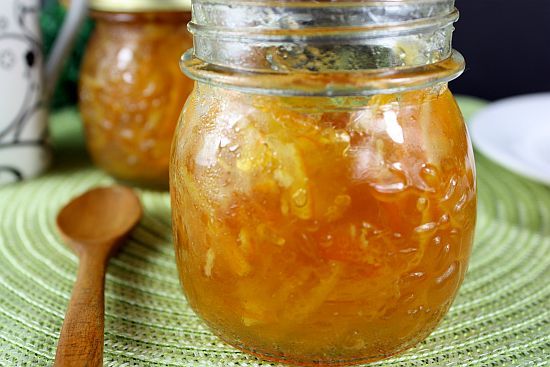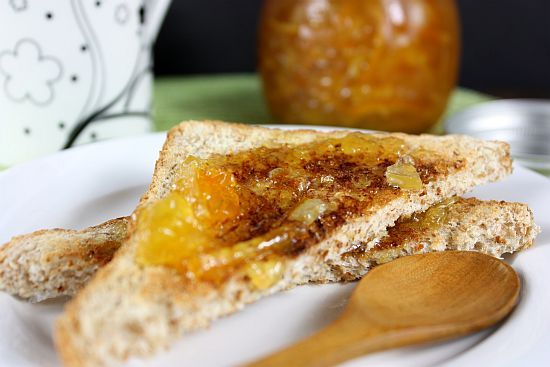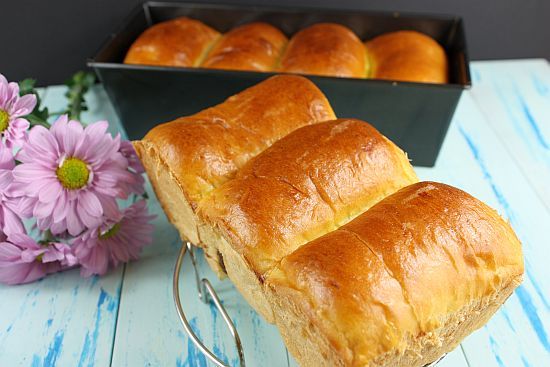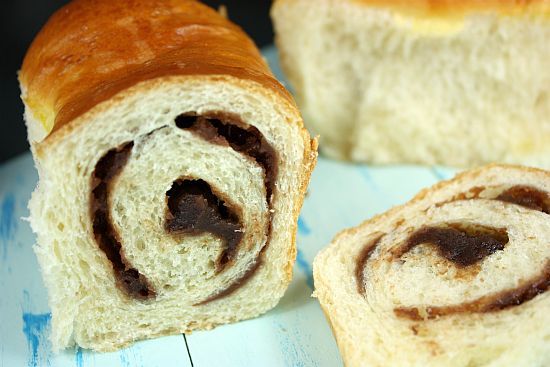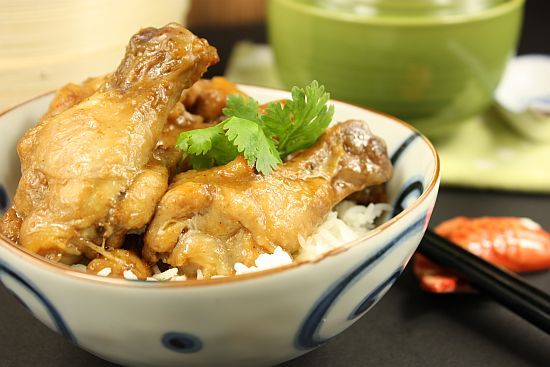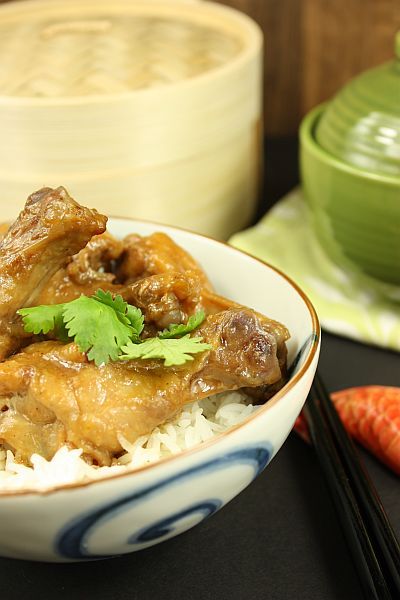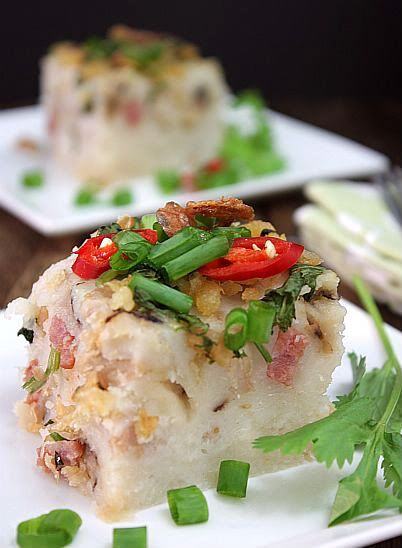The next time the idea crept into my head, which was a couple of weeks ago, I decided not to use the logical part of my brain. I went ahead to make this over a weekend. The marmalade turned out very well, only slightly bitter (as what a good marmalade should be) and not overly sweet as I had reduced the sugar content in this recipe.
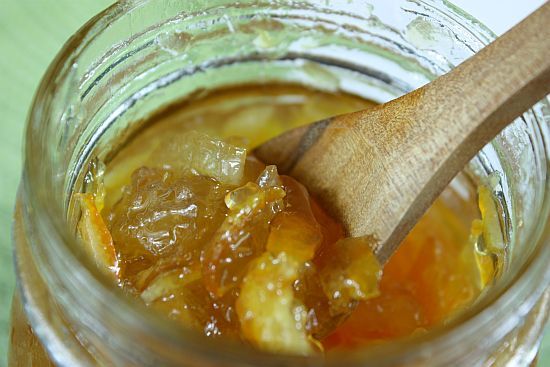
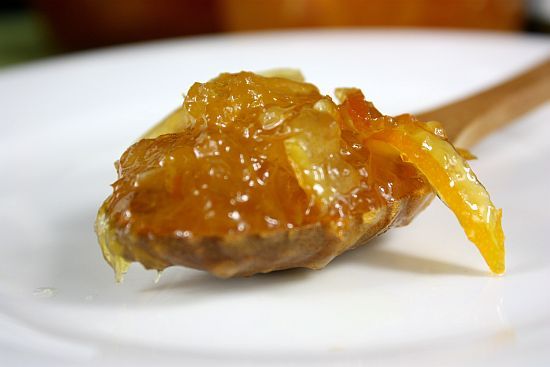
Orange Cinnamon Marmalade
Makes about 8 cups
Recipe Adapted from Taste.com.au
Ingredients:
1 kg (about 5 small) oranges, scrubbed
300g (about 2 medium) lemons, scrubbed
9 cups water
1.1 kg sugar
3 cinnamon sticks about 2" length
Method:
1) Thinly slice half the oranges and all the lemons. Then cut them up long strips.
2) For the remaining oranges, slice off only the rind part, leaving behind the white parts around the flesh of the oranges (a bit of the white part on the rind is fine). Then remove only the flesh of the remaining oranges. Cut the orange rind into thin strips and chop up the flesh.
3) Remove all the seeds from the oranges and lemons, and reserve aside. Wrap seeds in muslin to form a pouch and tie with a long piece of unwaxed string.
4) Place oranges, lemons, cinnamon sticks and water into a large heavy-based saucepan. Place pouch in fruit mixture and tie the string to saucepan handle. Bring to the boil over high heat. Reduce heat to low and simmer, uncovered, for 2 1/2 hours or until citrus rind is very soft. Squeeze excess liquid from pouch and then remove the pouch.
5) Reduce heat to low, add the sugar and stir, without boiling, until the sugar dissolves. Increase heat to high and bring to the boil. Boil, uncovered, for 20 minutes or until jam reaches setting point (105°C on sugar thermometer). To test, place a teaspoonful of jam on a cold saucer in the freezer for 2 minutes or until cooled to room temperature. Run a finger through the jam - if the surface wrinkles and the jam remains in 2 separate portions, it is ready.
5) Remove saucepan from heat and use a metal spoon to skim off any scum from the surface. Stand marmalade for 5 minutes to cool slightly. Ladle the marmalade into hot, sterilised jars (about 2-1itre [8-cup] capacity in total), seal and invert jars for 2 minutes. Turn jars upright and allow to cool. Label.
Notes:
To sterilise jars, wash the jars and lids in warm soapy water and rinse well. Place in a large saucepan and cover with water. Bring to the boil and boil for 10 minutes. Transfer jars and lids to a baking tray lined with baking paper and place in preheated oven at 100°C until dry. Use jars straight from the oven.
The marmalade will keep, unopened, for a year in a cool, dark place. Once opened, store in the fridge for up to 3 months. You will need a 10cm-square piece of muslin and unwaxed string for this recipe.
